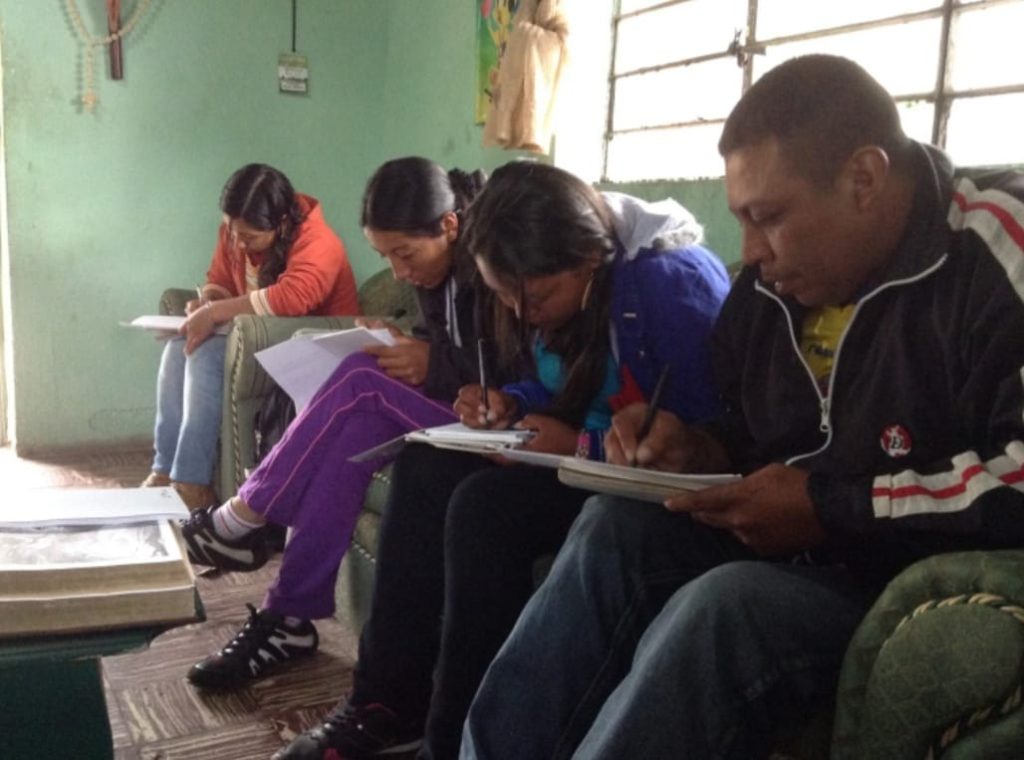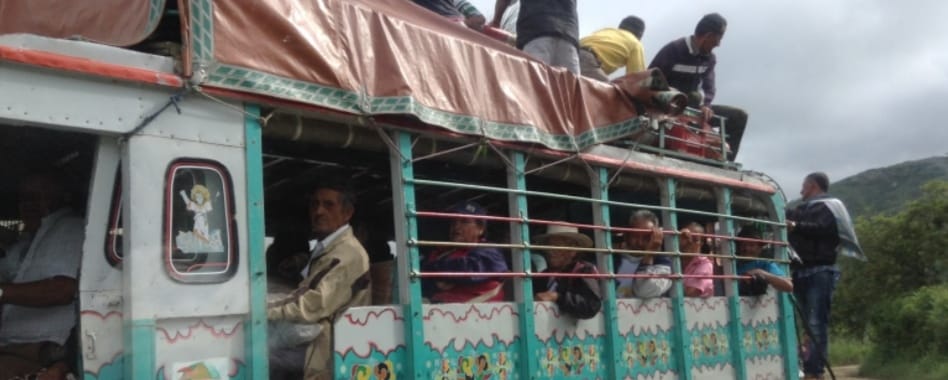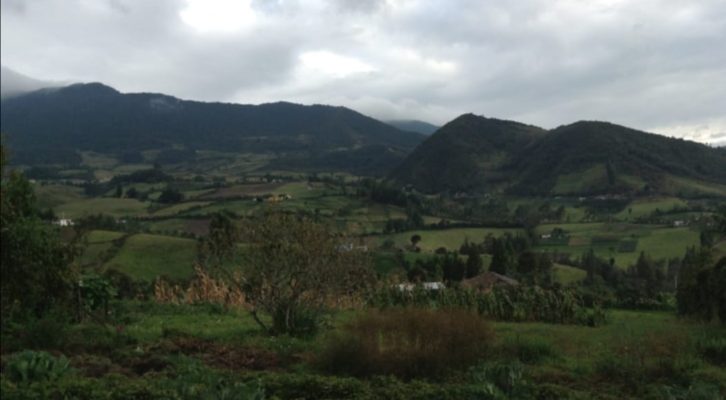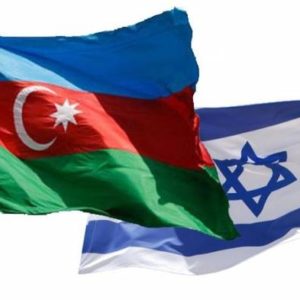On September 5, the Institute of Studies for Development and Peace launched a Report on Massacres in Colombia during 2020, in which it is revealed that Antioquia, Cauca, Nariño, Norte de Santander and Putumayo are the departments that kill the most leaders social have presented so far this year. August is the month with the highest number of massacres in the year, with 11 violent incidents, these massacres had at least one young victim, a boy, girl or adolescent. The five victims from Cali were between 14 and 16 years old, in Samaniego, Nariño, the 8 massacred youths were between 17 and 25 years old, highlighting the vulnerability of young people in Colombia and the lack of guarantees for the enjoyment of Human Rights.
This painful situation has drawn the attention of social organizations and the international community to demand that the national government protect the lives of young Colombians living in territories where there is a fragile state presence and that coincide with the prioritized territories in the Final Agreement, as part of the 16 subregions linked to the Development Programs with a Territorial Approach. We wrote this column from the Latin American network Juventudes por la Paz, to present normative and organizational opportunities that allow us to contribute to the guarantee of the right to life of Colombian youth.
Resolution 2535 UN youth and peacebuilding
We interviewed Leonardo Párraga, a young Bogota member of the Youth for Peace Network (Juventudes X la paz, in spanish) and Director of the Bogotart Foundation, to learn how the Resolution that was approved by the Security Council at its 8748th session, held on July 14, 2020, operates. Compliance is given by law of International Law for each Member State.
“The Resolution is the third document created by the United Nations to affirm the importance of the role of youth in peacebuilding, in the youth, peace and security agenda. Its objective is to highlight the importance of protecting young people and to generate mechanisms in which young people actively participate in the design of mechanisms to protect their lives, with a bottom-up approach.” Leonardo tells.
The Resolution reveals a concern on the part of the Council about the situation, vulnerability to which the young people of the world are exposed, and the need to involve them in the creation of solutions to defend their lives, especially in situations of armed conflict, below, We quote an excerpt from the Resolution:
“Recognizing that the protection of all youth, in particular young women, refugees, and young internally displaced persons, in situations of armed conflict and post-conflict and their participation in peace processes can contribute significantly to the maintenance and promotion of peace and international security, and must be an important component of any comprehensive strategy to resolve conflict and consolidate peace” Page 2 of Resolution 2535.

The Resolution encourages direct investment by United Nations member states and governments of resources for youth organizations that work on peace issues, and that promote peacebuilding with young people. Likewise, the Resolution invites member governments to involve young people in the implementation of peacebuilding strategies and the guarantee of the right to life, as well as future national dialogues that emerge in relation to the Peace Accords, Leonardo tells us.
The Peace Agreement has had a void in the participation of young people since its design and implementation, the involvement of young people could revitalize the Agreement, especially with the current challenges facing the implementation of the Final Agreement, adds the young man from Bogotá. This is the right time to position the implementation of the Resolution in conjunction with the Final Agreement as a priority of national public policy with a territorial approach.
Youth organized for the defense of life
From the Youth for Peace network, made up of young people from all over Latin America committed to building peace, we have taken actions to alert the international community about the worrying humanitarian crisis that we have experienced in the country with a significant escalation in the past month of August.
We designed a campaign through social networks to publicize the security situation in the country, which has been disseminated by the organizations that are part of the network to sensitize civil society, we also created the petition on change.org “Respect for Life and Human Rights in Colombia” to which you can join, we collect signatures to visualize these events and seek justice and support from individuals, activists, communities, entities, and organizations such as the UN and IACHR that they watch over human rights.
On September 4, we expressed our concern to the President of the UN Security Council, Abdou Abarry, Permanent Representative of Niger to the UN, within the framework of a global dialogue with civil society organizations Abarry expressed his concern about the situation of massacres of young people and Colombian leaders.
The action by organized civil society is essential to generate pressure on national and local authorities to guarantee the care of the life of the present and future of the country, as stated in the framework of the 33rd Week for Peace Monsignor Héctor Fabio Henao, Director of the National Secretariat for Social Pastoral / Cáritas Colombiana and former President of the National Council for Peace, Coexistence and Reconciliation.

Ana Prada is a Colombian activist, she had studied business administration, and sociology at the Javeriana University of Bogota and Alumni of the International Training in Dialogue and Mediation of the University of Uppsala. She is the founder of the 3colibris media, currently working for Caritas Colombiana in relation to the implementation of the “article one” of the Peace Accords. Ana has worked on projects for UNDP, UNFAO, UE, Suyusama Foundation. In addition, she is interested in the Colombian and Latin American rurality and has accompanied organic and agroecological production processes in Colombia, Mexico, Guatemala, Costa Rica, Ecuador, and Peru.







